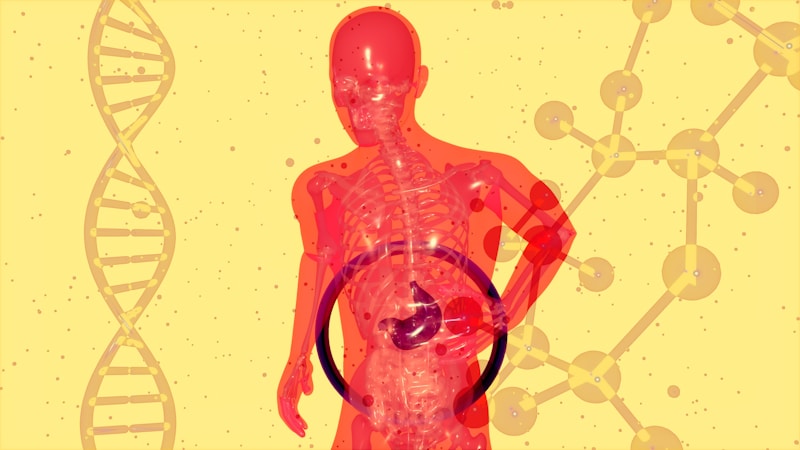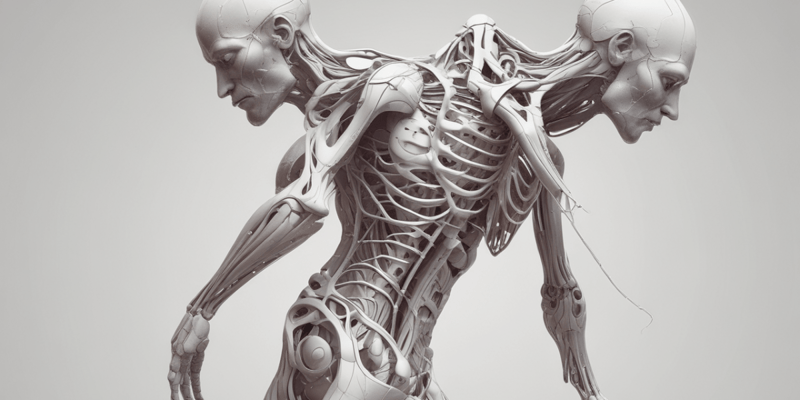Questions and Answers
What is the primary force that causes a magnet to be attracted to another magnet or a magnetized object?
Magnetism
In the context of plants, what is the main function of leaves?
Conducting photosynthesis
Which of the following materials possesses strong magnetic properties and is commonly used in making magnets?
Nickel
What critical function does air provide in our environment?
Signup and view all the answers
How do roots contribute to plant growth and development?
Signup and view all the answers
What is the primary function of the skeletal system in our bodies?
Signup and view all the answers
Which system is responsible for producing more than 600 muscles in our bodies?
Signup and view all the answers
What process do plants use to convert carbon dioxide and water into glucose and oxygen?
Signup and view all the answers
Which part of a plant enables it to harness the energy of the sun?
Signup and view all the answers
In the context of air around us, which component of the atmosphere plays a crucial role in protecting life on Earth from harmful UV radiation?
Signup and view all the answers
Study Notes
Exploring Science: Body Movements, Plants, Magnets, and Air
Discovering the wonders of our world through science can lead us on a fascinating journey, revealing the intricate connections between our bodies, plant life, the magnetosphere, and the air we breathe. In this exploration, we'll delve into four captivating subtopics:
Body Movements
Our bodies are a marvel of engineering, and understanding their mechanisms can provide insights into how we move and function. The skeletal, muscular, and nervous systems all work in harmony to execute diverse movements.
From the skeletal system, we derive the framework that supports and protects our organs. The muscular system, comprising more than 600 muscles, enables us to move, produce heat, and circulate blood. The nervous system, with its intricate network of nerves, facilitates communication between our brain and body.
Understanding these systems at a cellular level helps us comprehend how muscles contract, nerves transmit electrical signals, and the brain processes and interprets information — all vital to our ability to move and interact with our environment.
Getting to Know Plants
Plants are the foundation of every ecosystem, providing food, oxygen, and shelter to animals like us. They harness the energy of the sun through photosynthesis, a process that converts carbon dioxide and water into glucose and oxygen.
Getting to know plants involves understanding their structures (roots, stems, leaves, and flowers), functions (photosynthesis, transpiration, and respiration), and life cycles. Additionally, studying plant adaptations and their roles in ecosystems can help us appreciate the complexity of these organisms, their interconnectedness, and the impact they have on our planet.
Magnets and Magnetism
Ever wondered how compasses work or why the north pole of one magnet is always attracted to the south pole of another? Magnets and magnetism hold the answers to these mysteries.
Magnetism is the force that causes a magnet to be drawn towards another magnet or a magnetized object. Magnets are made of materials like iron, nickel, and cobalt, which possess strong magnetic properties.
Understanding magnets and magnetism can lead to the discovery of magnetic fields, magnetic levitation, and the development of revolutionary technologies like magnetic resonance imaging (MRI) and electric cars.
Air Around Us
Air may seem invisible, but it's a critical component of our environment, providing oxygen for us to breathe, suspending pollen and dust, and dispersing sound waves.
Atmospheric scientists study the composition, behavior, and properties of air. The atmosphere is a complex system, consisting of multiple layers, each with unique characteristics and roles in our planet's climate, weather, and life cycles.
Understanding air composition, its effects on weather, and its role in maintaining our planet's delicate balance can help us develop strategies to mitigate climate change and protect our environment.
In summary, the journey through science, starting with body movements, plants, magnets, and air, opens our eyes to a world of wonder and possibility. By examining these topics, we can appreciate the intricate connections between our bodies, our planet, and the universe. And who knows what exciting discoveries our explorations will lead to?
Studying That Suits You
Use AI to generate personalized quizzes and flashcards to suit your learning preferences.
Description
Delve into the marvels of body movements, plants, magnets, and the air around us with this quiz. Explore the intricacies of human anatomy, plant structures and functions, the fascinating world of magnetism, and the crucial role of air in our environment.





